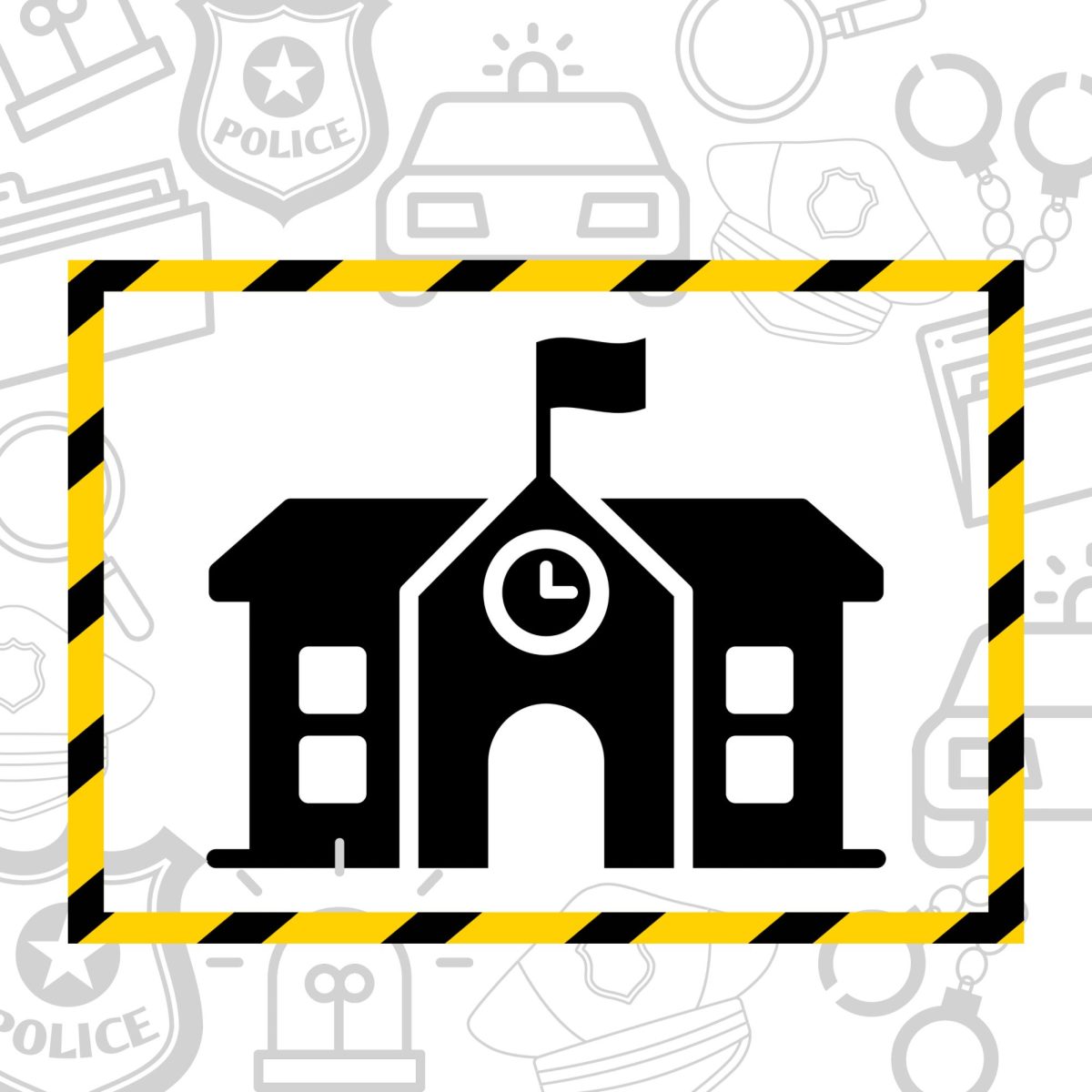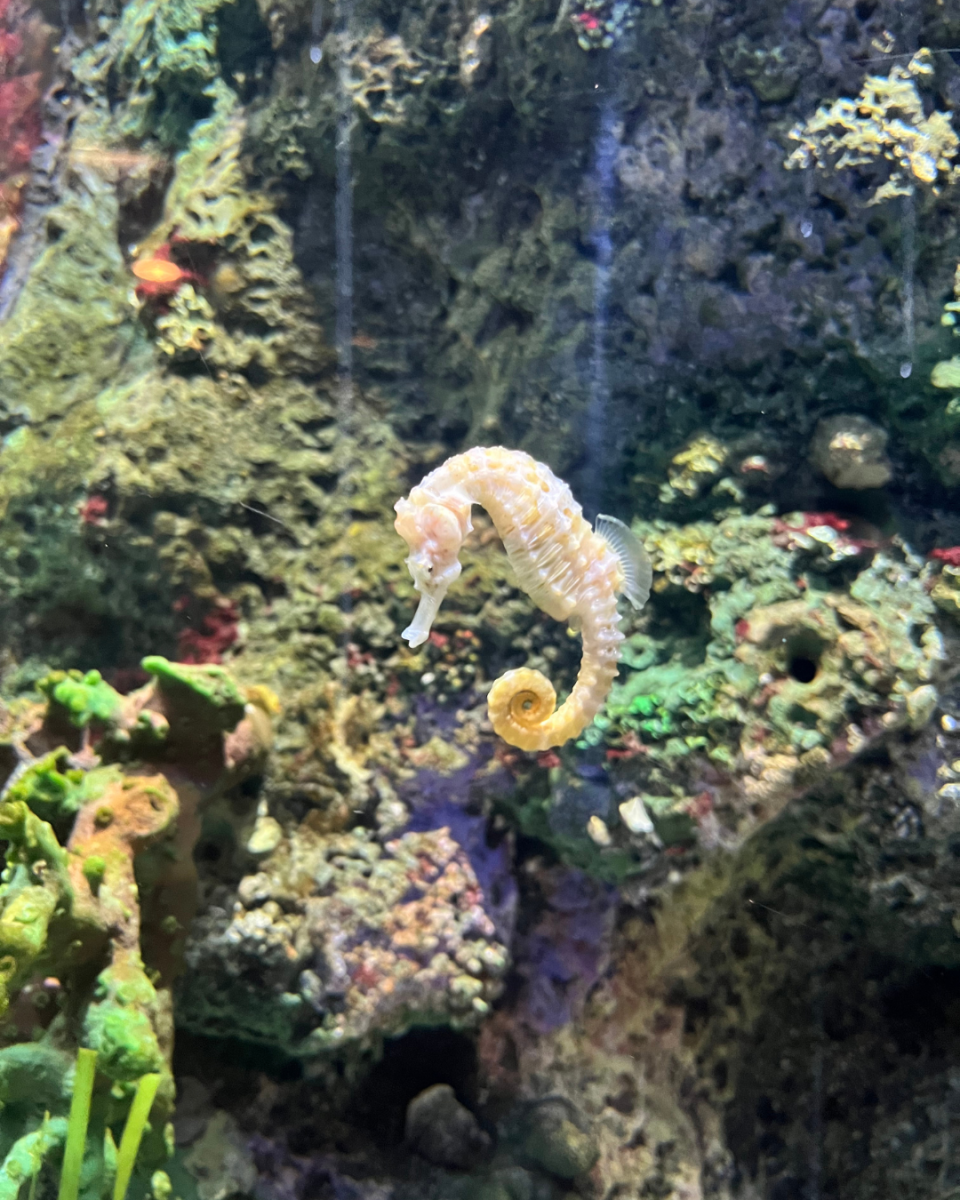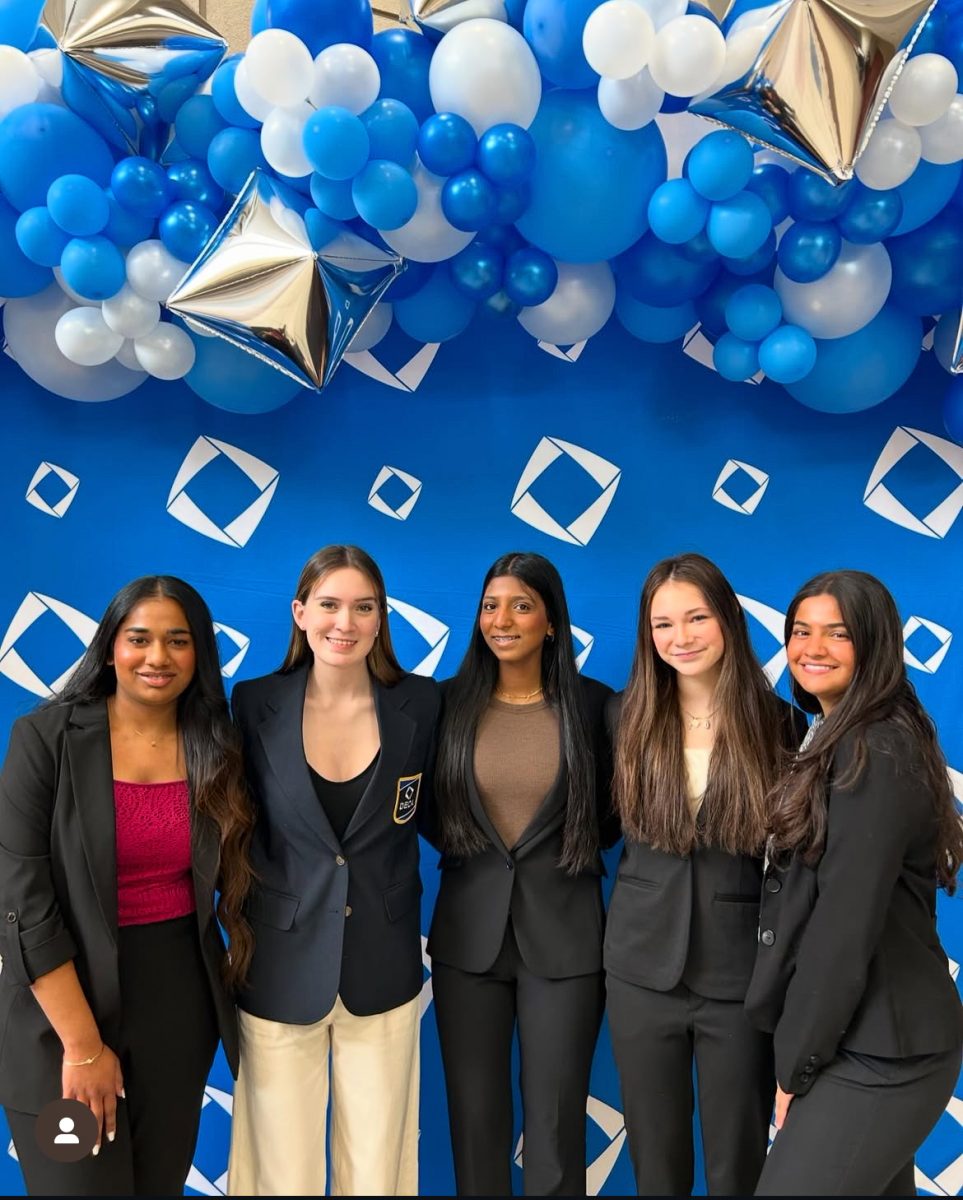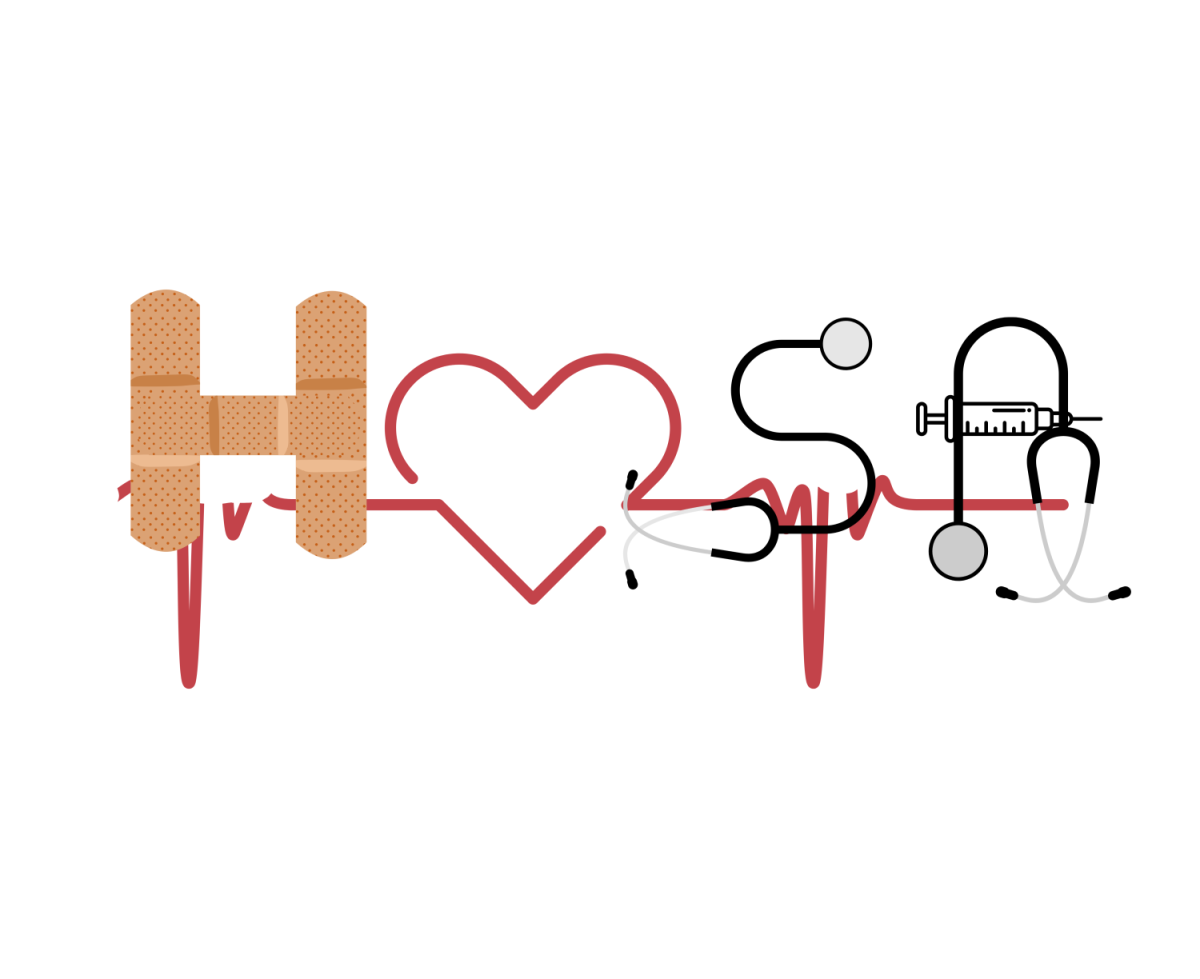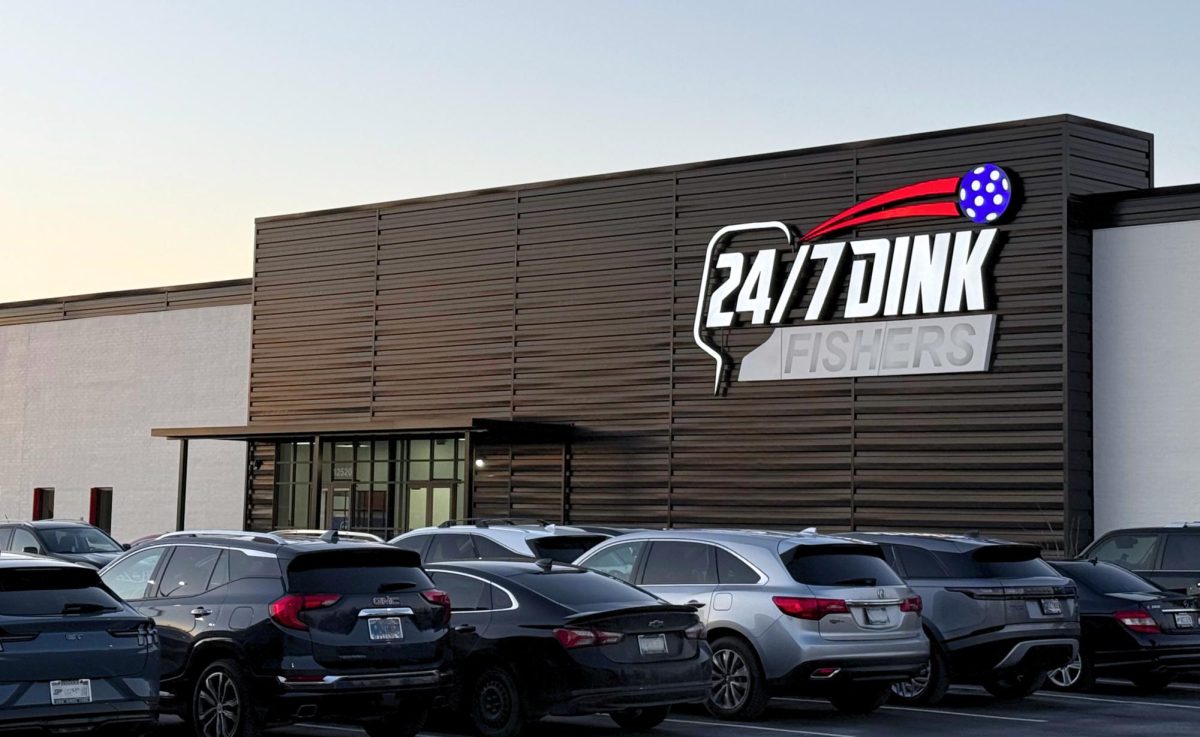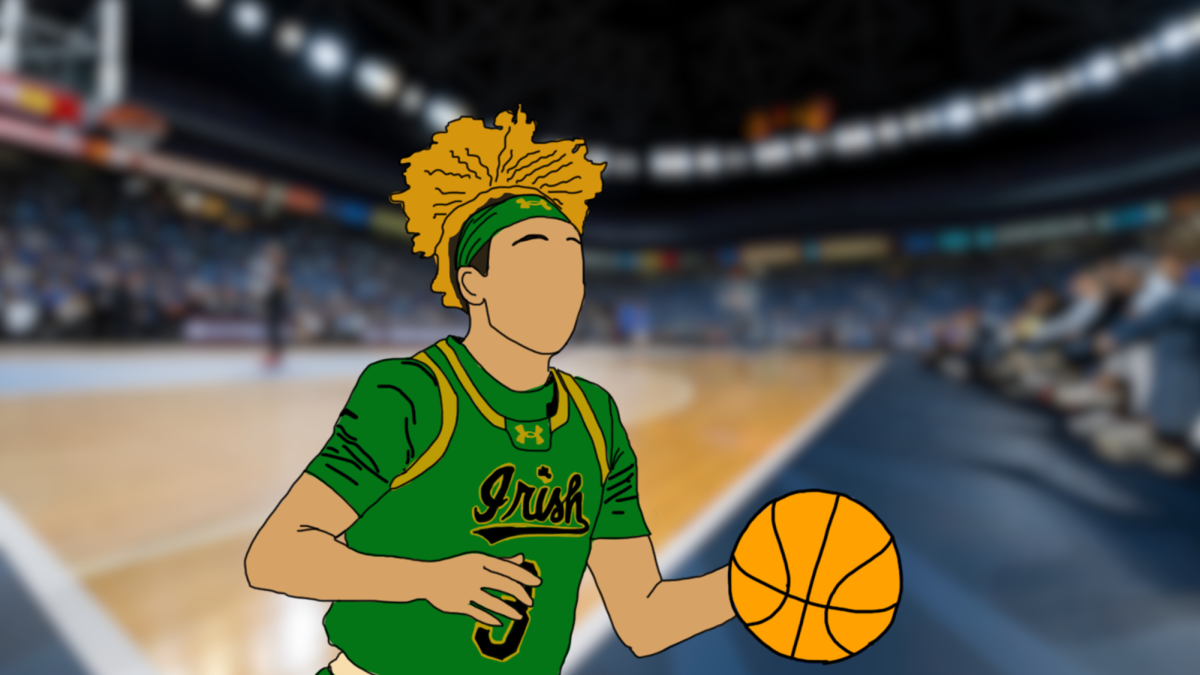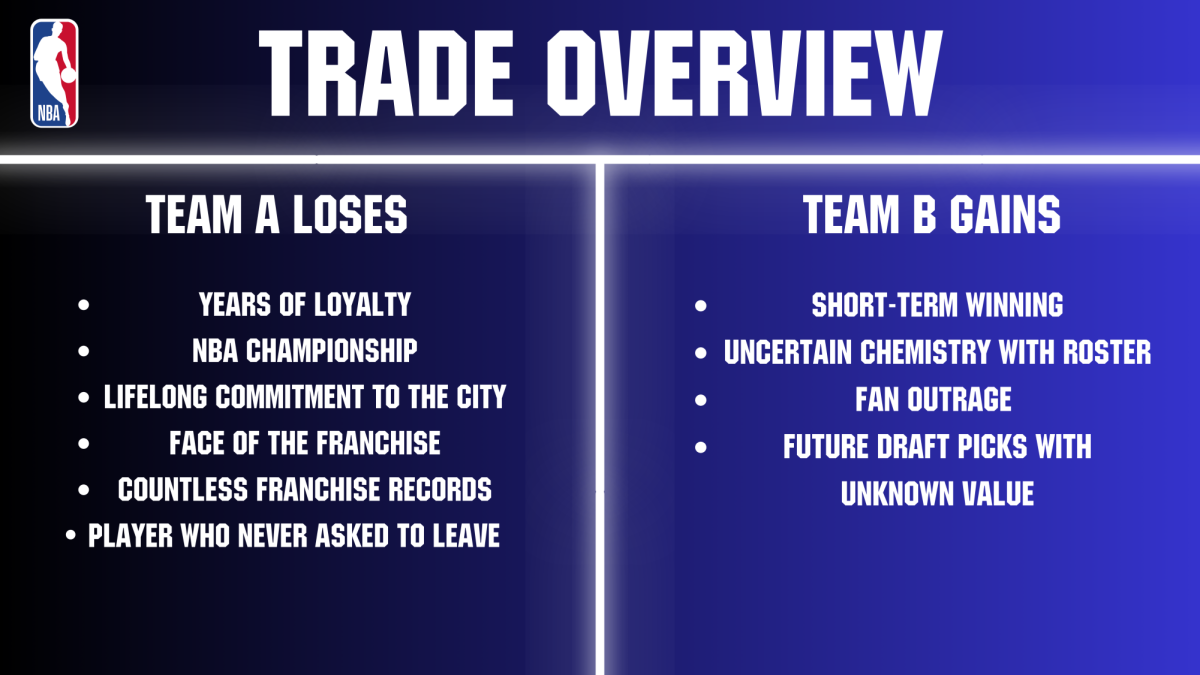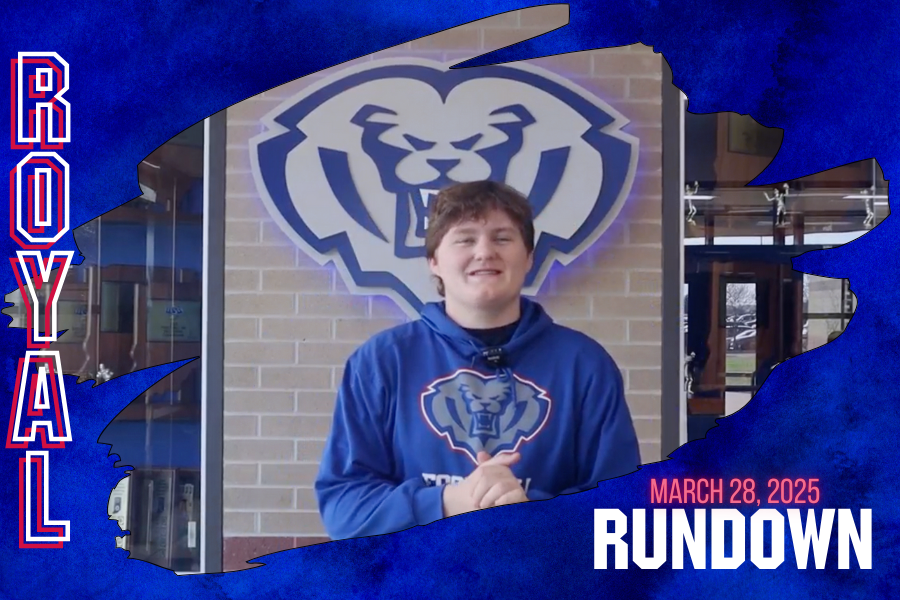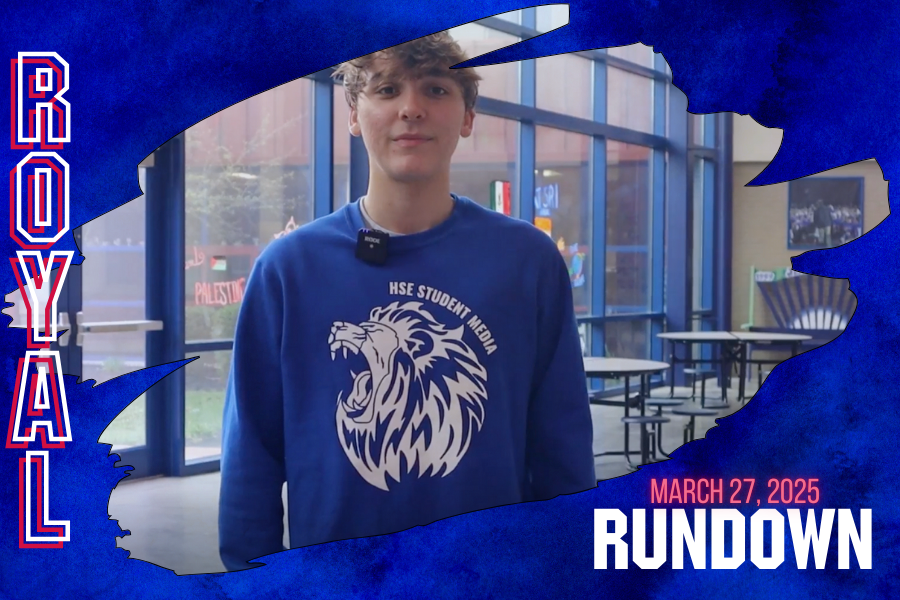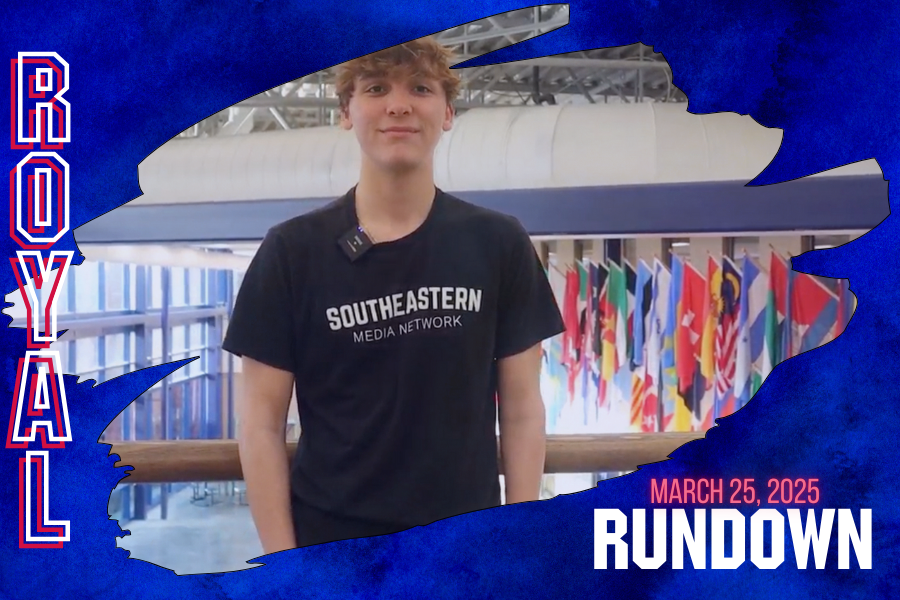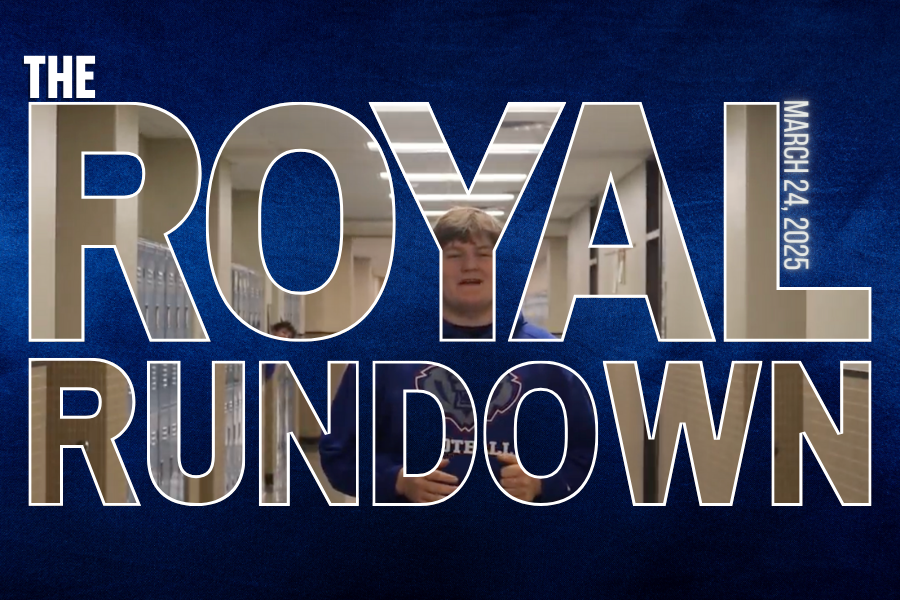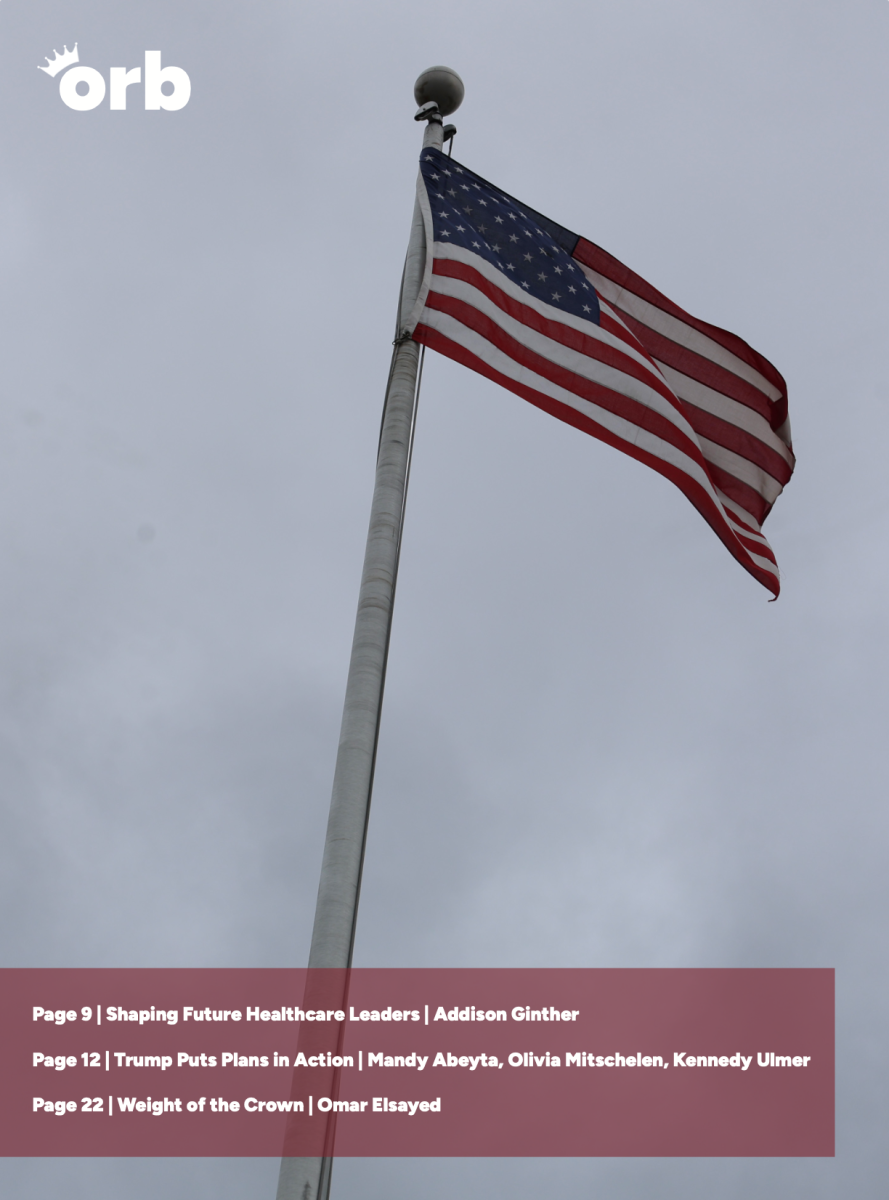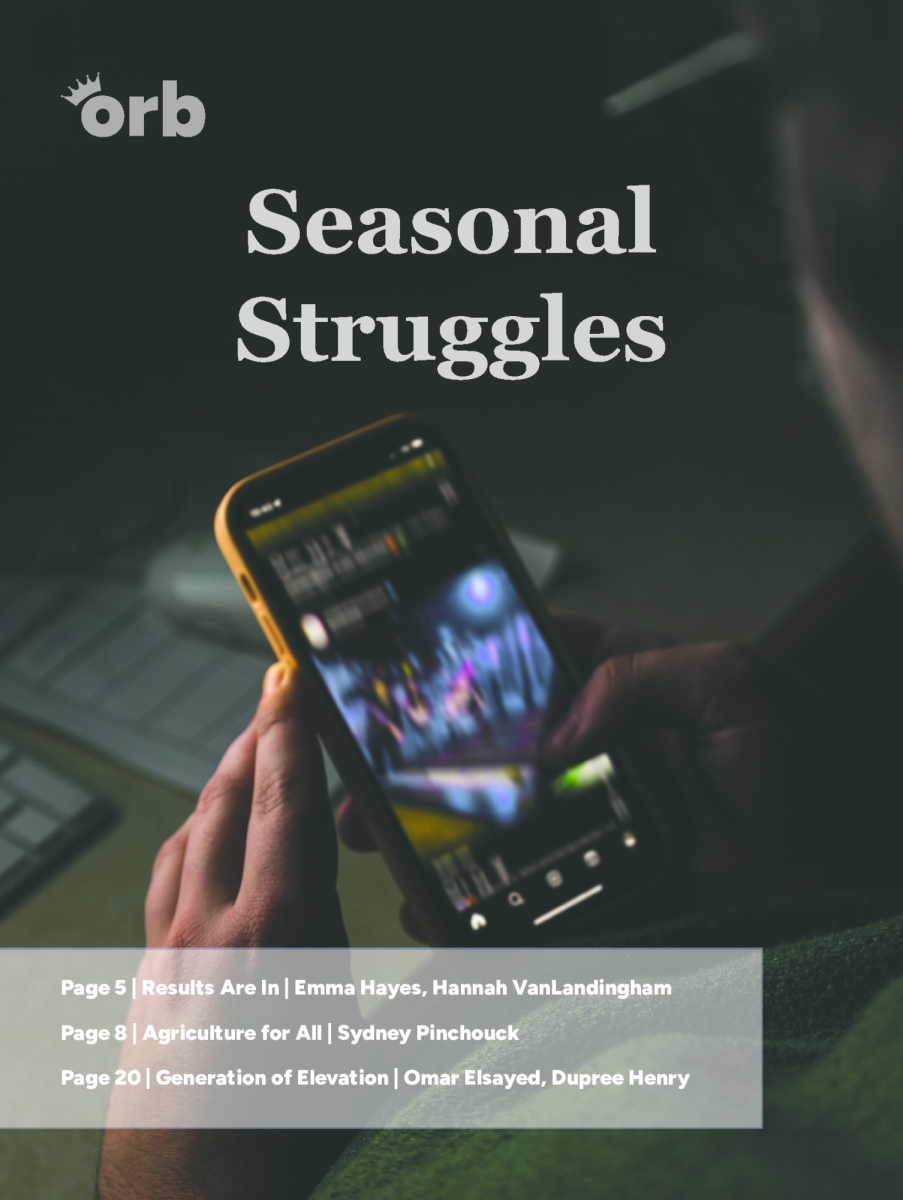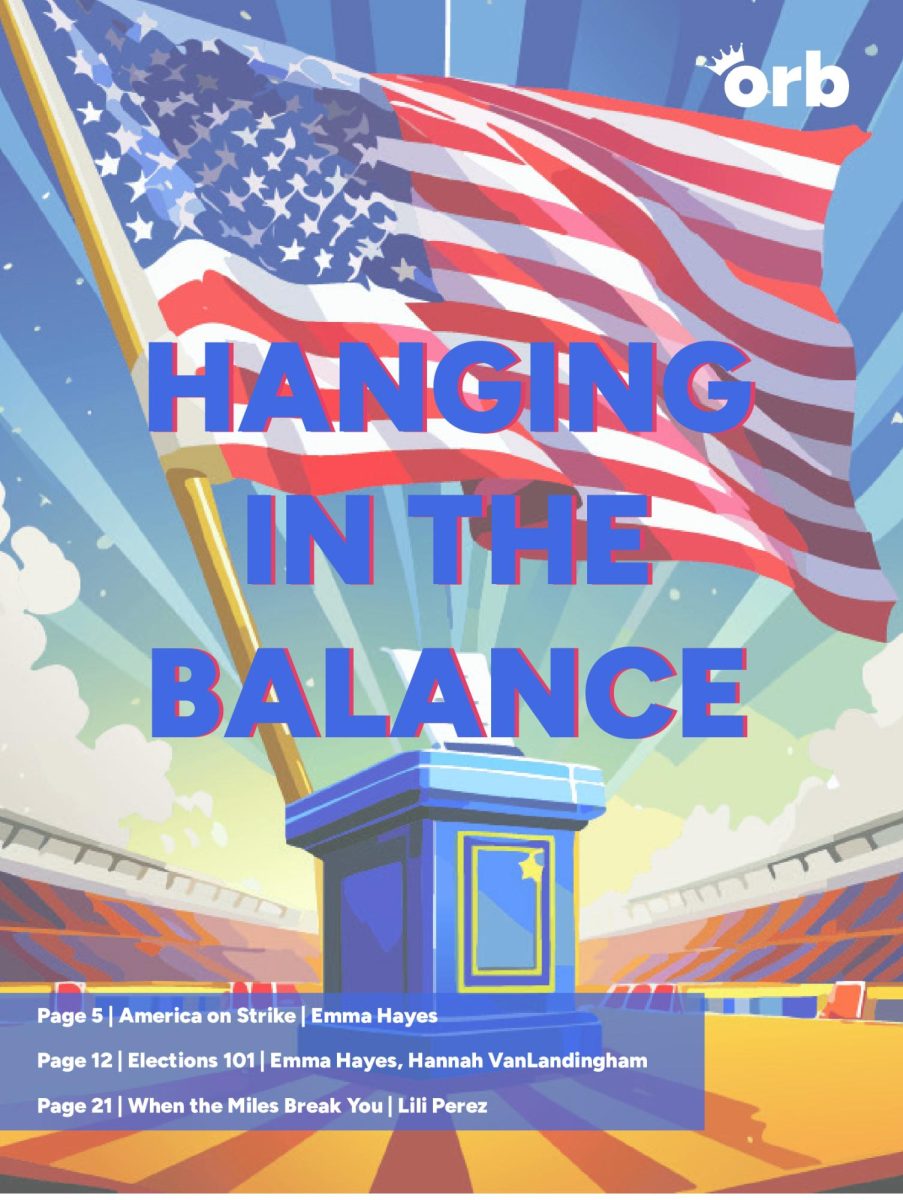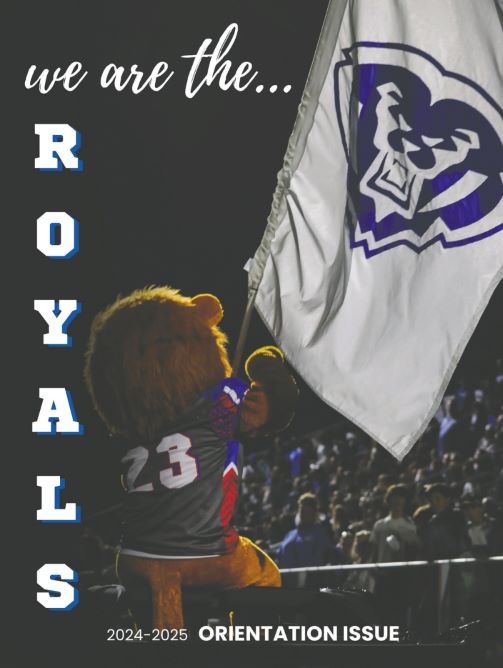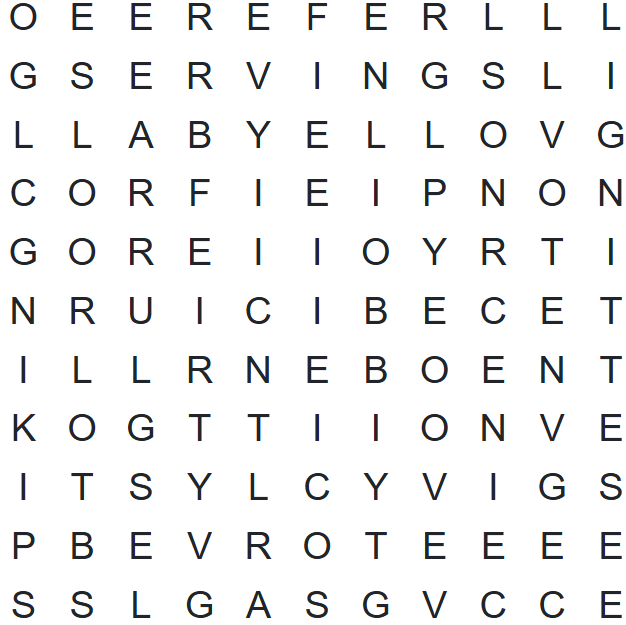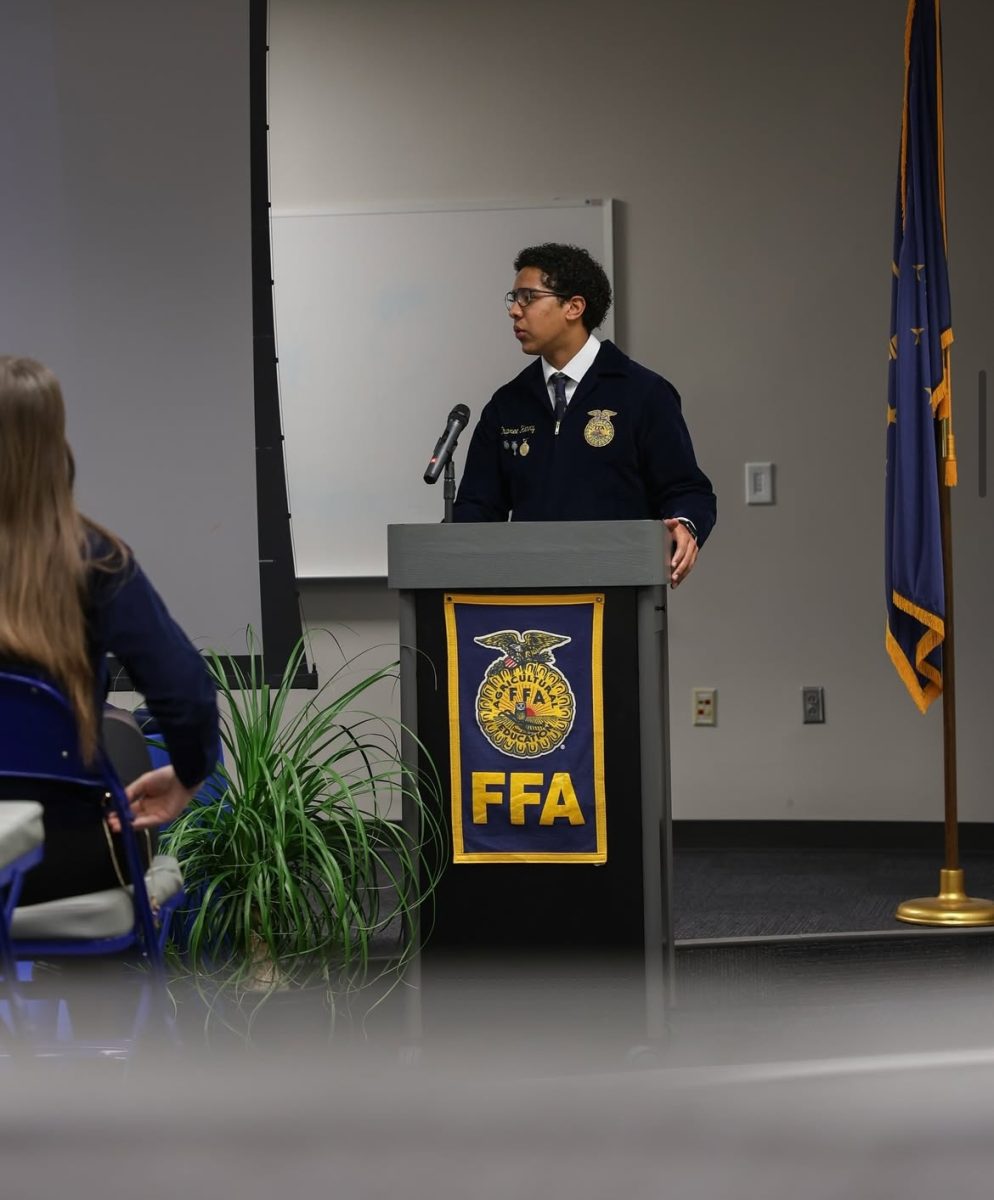Comparative Religions
Description: Comparative Religions is a semester-long elective in which students will look at the history, holidays, and practices of the 12 major religions in the world. This discussion- and project-based class is an unbiased investigation into the similarities and differences of religions for students to develop knowledge and familiarity with different beliefs and faiths. This award-winning class is available for juniors and seniors who have an interest in religion, history, or politics.
Jeremiah Follis teaches the Comparative Religions classes. “If you are very religious or not religious at all, religion is still a very interesting and powerful topic,” Follis said. “Students enjoy having a safe space to talk and discuss religions in forum where there is not agenda or bias.” When asked what his favorite part of teaching the class was, Follis responded, “The students are my favorite part. Each day is unscripted […] the students ask questions that send us off in all directions.”
“[Comparative Religions] is unlike any other class I’ve taken,” past student Telia Gansman said. “My favorite part of the class was creating my two nine-weeks projects. In Comparative Religions, there is no actual homework. Instead, there are two projects you complete through the nine weeks, each about a different religion[…]they are a great way to express your creativity!”
“I get Minecraft builds, cooking shows, movies, interior design, comic books, embroidery, art, crochet, music, and more,” Follis said of the projects.
Forensic Science
Description: Forensics is a yearlong science course aimed at juniors and seniors interested in the application of the methods of science to legal matters. Students will acquire skills and experience in the application of basic forensic science concepts and techniques to problem solving and the practice of forensic science. Topics like crime scene investigation, toxicology, ballistics, prints and marks, and death investigation will be studied. Students can expect this lab-heavy and hands- on class to provide an overview on general forensic science, considering history, current methods, and case studies. This course requires the completion of Biology and Chemistry.
“Teaching Forensics forced me to learn something new and fresh,” Forensics teacher Sarah Chattin said. “It’s been the best thing I’ve done in a long time!”
“One of my favorite parts was doing the chicken wing decomposition lab,” past Forensics student Kossi Ossi said. As class scheduling quickly approaches, Ossi is excited to see the growth of student numbers taking this unique class.
“During first semester, [students] follow the decomposition of a chicken part over three weeks to learn about the stages of decay,” Chattin said. “They figure out how they want to ‘bury’ or store the chicken part, and then draw, photograph and describe it every class for those weeks.”
Ossi recommends this class to students “interested in true crime or considering [forensic science] as a career path.”

Advanced Life Science: Animals
Description: Advanced Life Science: Animals is a dual credit course with Ivy Tech accessible from rising sophomores to seniors. The class educates students on topics related to the agricultural industry and animal science and focuses on hands-on projects and instruction. It also counts as a science credit and requires two of these three prerequisites: Biology, Chemistry or Intergrated Chemistry and Physics.
Caroline Mills teaches all Advanced Life Science: Animals courses. “My goal is that after kids take the class, they have a bigger appreciation for livestock and understand the important role they play in our world,” Mills said. “Our last dissection is pretty cool […] we are able to see how lambs, calves, or piglets grow in utero.”
“I love the community aspect of all the [agriculture] classes,” former Advanced Life Science: Animals student Lauren Raiford said. “All the teachers are amazing and well versed in all the topics we cover in the class.” Callen Johnson is a junior and is also a previous student of the Advanced Life Science: Animals course. “I would recommend this class to basically everyone,” Johnson said. “If you have any interest in animals, if you want to work with animals when you graduate, or even if you just have a dog or a cat, I think it is a great class to take.”
Introduction to Fashion and Textiles
Description: Introduction to Fashion and Textiles teaches the basics necessary to enter the world of clothing shopping and creation. Much of the semester-long course is spent doing project-based, hands-on work like articles of clothing, blankets, home goods and more. The class fulfills a fine arts credit on a Core 40 and Academic Honors diploma.
Leah Ann Self is the instructor for Introduction to Fashion and Textiles. “We make things!” Self said of what the class entails. “Potholder, sewing kit, pajamas, bags, upcycle project, design project another article of clothing, quilts and learn about fashion through the decades of history.” Introduction to Fashion and Textiles is important to her because “fashion is art and there are many ways to express yourself and learn what works best for you,” Self said. “It is a creative outlet that many need and it is a skill you will have the rest of your life!”


